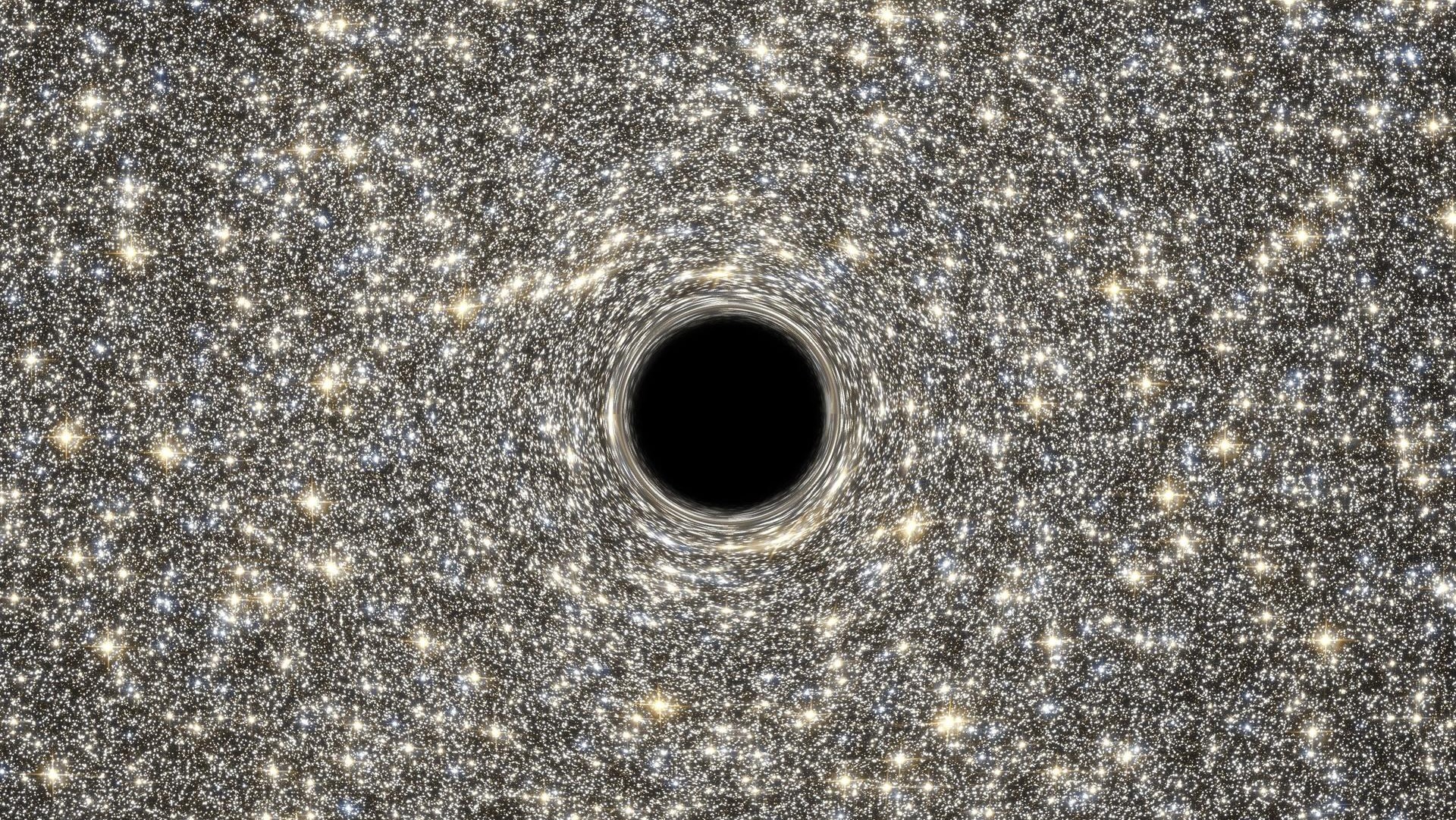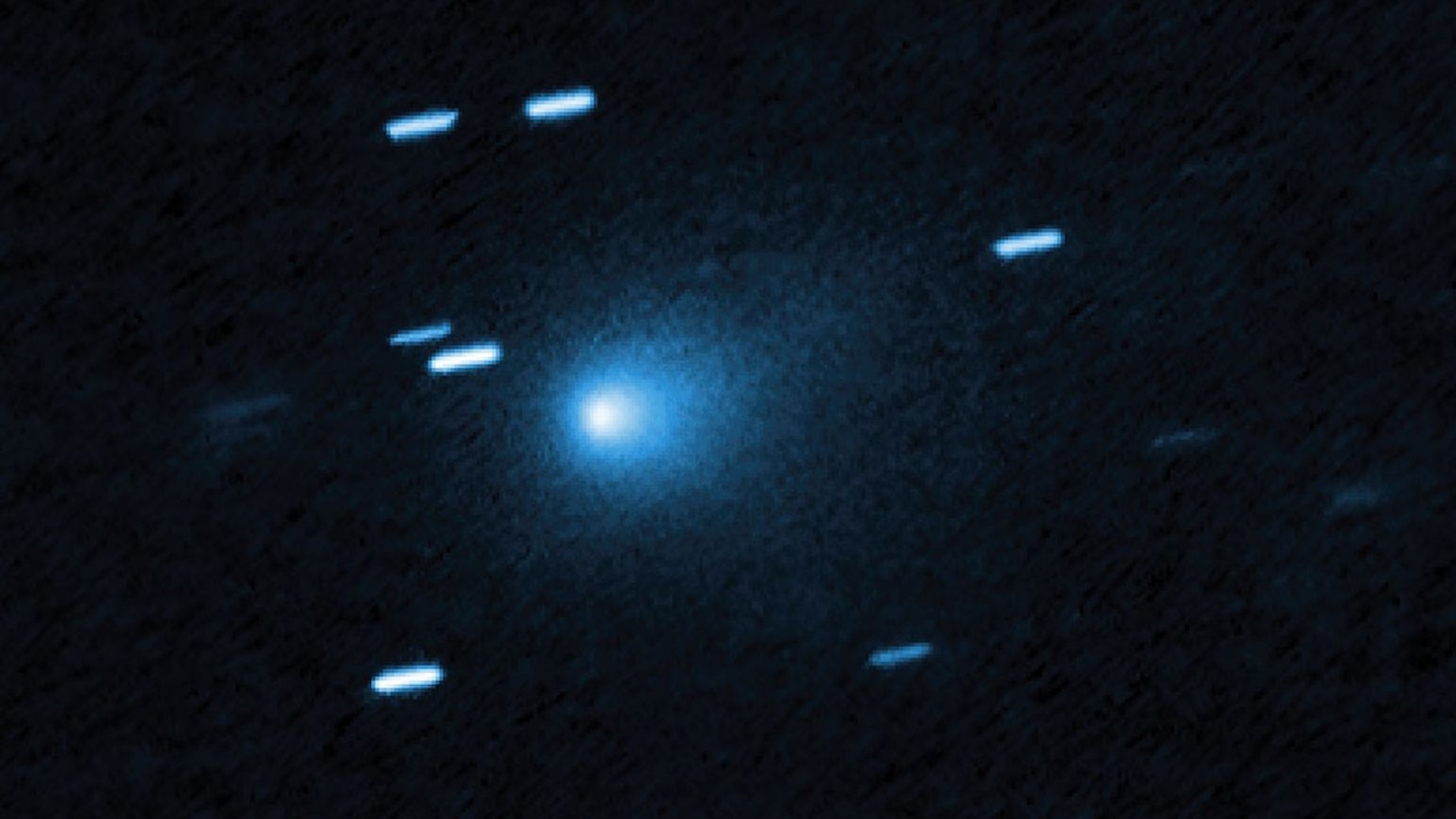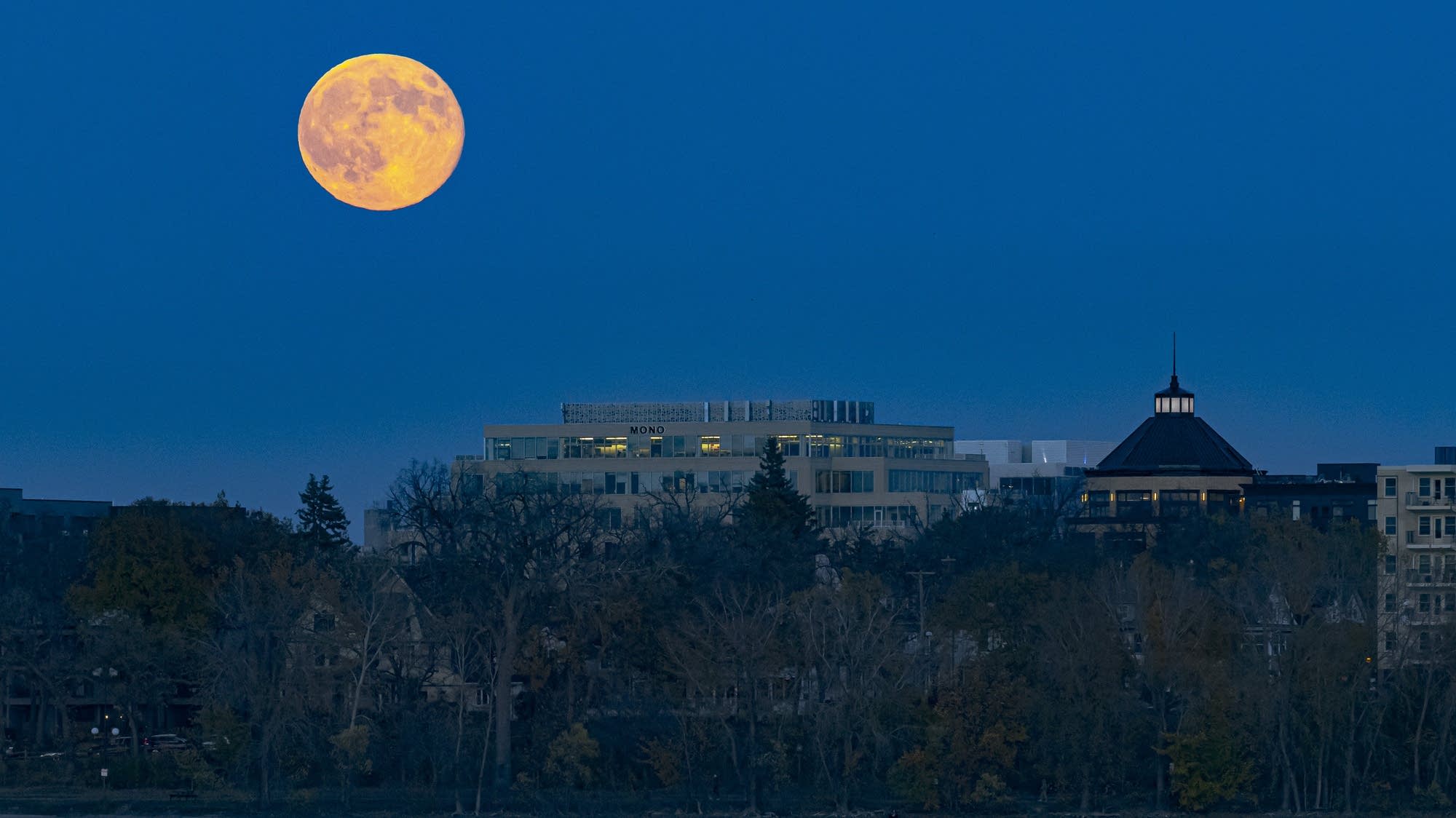Refresh
Move over 3I, there’s a second Comet ATLAS in town

We’ve been so engrossed in coverage of 3I/ATLAS that we nearly failed to note another comet currently in Earth’s skies. This one is called C/2025 K1 (ATLAS), or the “other ATLAS,” and it survived a near-doomed passage around the sun to emerge as a beautiful golden ribbon.
The exact reason for this comet’s gold coloration is unclear, but astronomers think it could have something to do with its relatively low ratio of gas to dust. Studying it could give scientists some more clues into the conditions in the Oort cloud, the mysterious shell of icy objects at the edge of our solar system where the comet was born.
What does falling into a black hole feel like?

Ever wondered what it would feel like to get swallowed up inside the crushing gravity of a black hole?
Yeah, I sometimes have bad days too, but that’s rather beside the point for this fascinating excerpt from science writer and physicist Jonas Enander’s new book “Facing Infinity: Black Holes and Our Place on Earth,” which takes us step-by-step through the gory yet fascinating ordeal.
NASA gets a new boss

For all those who haven’t left for good because of the spiders, let’s return to space — well, space policy — with news that President Trump has renominated Jared Isaacman as the new NASA chief.
Isaacman, a billionaire and key Elon Musk ally, has been setting Washington abuzz all week with a leaked memo that outlines plans to outsource some of NASA’s missions and treat the agency like “more of a business,” Politico reports. Trump initially put Isaacman’s name forward to lead the agency in December 2024, but his nomination was abruptly pulled during a public feud with Musk earlier this year.
Spider megacity discovered inside sulfur cave
Back on planet Earth, and deep inside a pitch-black, sulfuric cave on the Albanian-Greek border, we reported on a study that discovered a spider “megacity” — containing over 111,000 arachnids forming a web that may be the largest ever found.
Comet me, bro

Good morning, science fans. Ben Turner, Live Science’s Acting Trending News Editor, here to smash a big bottle of champagne (or in my case a mug of coffee dregs) on the bow of this blog.
Leading our coverage this morning, as they have been all week, are updates on Comet 3I/ATLAS, the fascinating third-ever interstellar visitor to our solar system being tracked by astronomers as it peeks out from behind our sun. The comet, which is 7 miles (11 kilometers) wide and traveling at 130,000 mph (210,000 km/h), has rapidly brightened as it neared our sun, changing colors three times as it sheds its highly-irradiated coma.
Before you ask, no, it’s almost certainly not an alien spaceship. But that doesn’t mean the more than 7 billion-year-old object doesn’t have a wealth of secrets to offer us about its distant home star system. We’re working on a trail of exciting updates to this story, so keep comet-ing back.

Good morning and welcome to the Live Science news blog.
While we cover the most important or interesting topics of the day, there is no way we can report on it all, not even using AI (and we are very clear about how we use it. TL;DR — we don’t).



